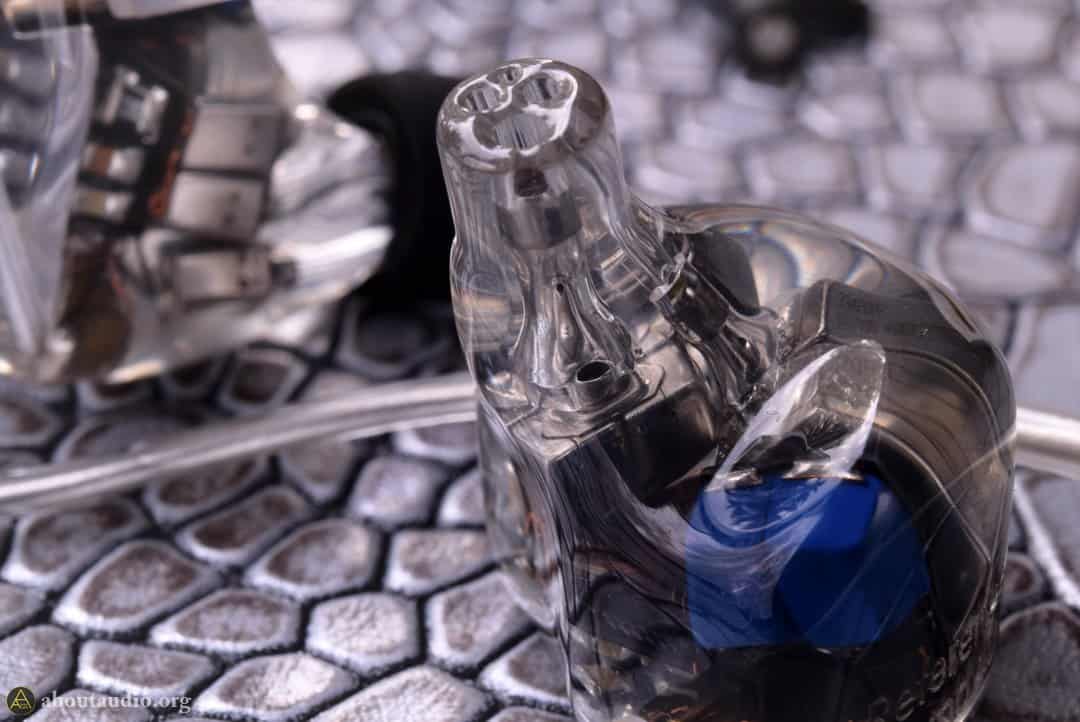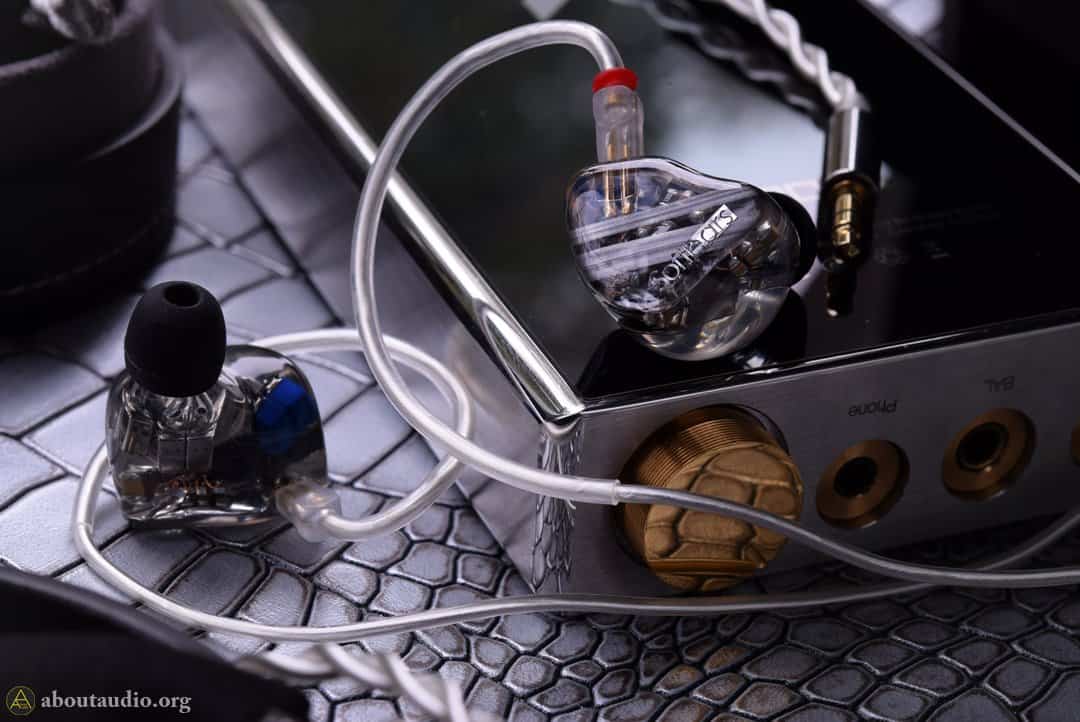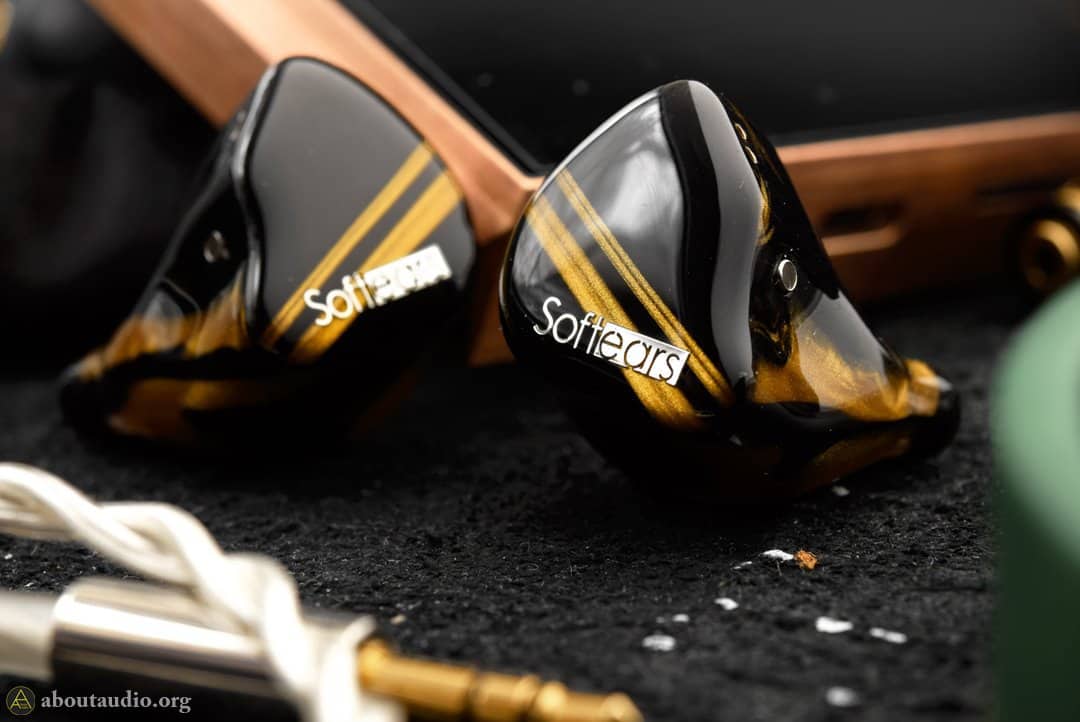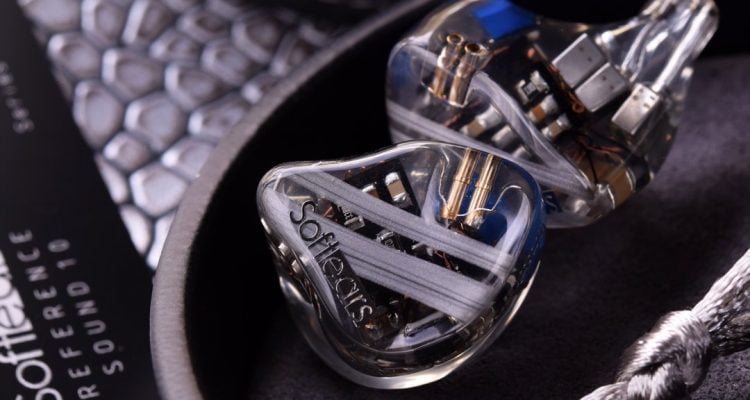 SoftEars RS10 Review: Mellow Whispers
SoftEars RS10 Review: Mellow Whispers
It’s not so easy to come across new IEM brands during such an economic situation we’re going through. There are some new budget-focused brands that are still worth the attention, yet I’ve been hoping for a new face in the premium range. That being said, I’m pleased that I’ve encountered a brand that fits right into the category – called SoftEars. Founded in 2017, SoftEars is a high-end targeted IEM manufacturer from China that is relatively new to the scene.
Perhaps many are now aware of the close relationship between SoftEars and Moondrop. While some understand SoftEars as a high-end brand that is founded by Moondrop, that isn’t true. They’ve clarified that while they cooperate in R&D and maintain a close friendship, they are two different entities with different owners and visions. Unlike Moondrop, SoftEars took a daring approach by debuting with two flagship IEMs, yet their strategy turned out successful as they’ve quickly gained a strong reputation among many communities. The flagship models they’ve released are Cerberus and RS10, and today we’ll be covering the RS10. Let us go through its features, dive deep into the sound characteristics, and bring up some flagship IEMs to the table for contrast, including the Cerberus.

Earpieces
As the name suggests, RS10 sports 10BA drivers per side with a 5-way crossover setup. The crossover consists of 2 band pass, 1 low pass, and a 4th generation LC filter that allows fine, consistent control over the impedance and frequency response. As a side note, SoftEars commented that they’ve simplified its complex crossover into two modules consisting of 15 components to minimize interferences and acquire easier driveability.
RS10 uses a clear transparent resin for the housing that allows the user to appreciate looking into the complex internal design of the earpieces. The faceplate is topped with silver stripes and a SoftEars logo. The earpieces use non-recessed CIEM 0.78mm 2pin for cable connections. Nozzles have a diameter that scales about T500, making RS10 compatible with most aftermarket eartips. The nozzle diameter is a bit on the chunkier side but nowhere near being excessive as the compensation is made by the adequate nozzle length and dedicated eartips. The nozzle design is similar to Moondrop’s and so does the eartips. The design of RS10 offers a trouble-free fit with minimal shaping or angles on the inner side to minimize fitting issues.

Packaging / Cable
Just as Campfire Audio does with their products, RS10’s packaging size is quite compact. With a black theme, the cube-shaped packaging consists of 3 pairs of silicone tips, 3 pairs of foam tips, 3.5mm stock cable, a leather case, a pair of earpiece pouches, a cleaning cloth, warranty card, 1 cleaning tool, and some paperwork. The silicone tips have the same form factor as the ones included in Moondrop IEMs. These eartips are proprietarily made for Moondrop and SoftEars’ wide nozzle IEMs. The foam tips also have a wider funnel which allows easier installation and a more neutral sound signature. Although I’m not too much of a foam-tip fan, I like these foam tips quite much and would be a worthy buy if sold separately. The included leather case is neatly built and also follows the black color scheme with silver stitching.
The RS10 comes with a 2-braided silver-plated OCC cable that is light in weight and sufficient in sound quality. Keep in mind that the 2pin connectors are designed for non-recessed IEMs, hence the stock cable of RS10 cannot be used for IEMs that use recessed 2pin sockets. Both the plug and Y-split are finished with slim metal housings that are printed with brand logos. While the stock cable works out quite nicely with the sound signature of the IEMs, I do hope SoftEars have used modular plugs as Moondrop did with their recent releases.

Sound impressions: Lows
I was expecting the bass performance to be mediocre (since the full-BA setup as well as the “reference” tuning), yet RS10 blew me with surprises. Lows are laid out on the bottom firm and wide – as if unrolling a big carpet across the floor. RS10 aims more on the ultra lows than the mid-bass, hence the bass is nearly bloat-free with a cleaner atmosphere. Of course, there is enough meat and body to the bass. The mid-bass is just about similar to ultra lows in quantity, therefore the bass flow is even and delicate, offering rich dynamics without getting bombastic whatsoever. This is an ideal presentation considering the reference tuning as it achieves both accuracy and musicality.
I could tell from the sound that the RS10 is using Sonion BAs for the bass. And among the IEMs that use these drivers, RS10 outstands in performance. One aspect that I particularly enjoy about the RS10’s bass is its maturity. Lows carry weight and depth, yet they approach with such a gentle, careful, and peaceful manner. This bass is quite a special one as the depth and colors give plenty of dynamics, all while keeping things considerably flat. RS10 would show an ideal presentation if looking for a slightly v-shaped quantity for the bass. In fact, the bass should satisfy most users unless looking for razor-sharp flat or basshead IEMs.


Sound impressions: Mids
Vocals are clear, refreshing, and airy. The RS10 makes itself clear of being a reference-style IEM by having the vocals pull out the texture details quite blatantly. I would distinguish it from being shouty though, as that has nothing to do with the case of RS10. Rather than bursting out roughly, the vocals carefully approach with polished surface and fine textures. Thanks to that, the vocals do not get fatiguing or bright to the ears, all while having ultra-clear resolution and a breezy atmosphere. RS10’s neutral presentation does not get the sound to be plain or boring but instead portrays music with tidy richness. The thickness on the mid-range is strictly neutral with adequate meat to it, serving well on both male and female vocals. Vocals scale large in mass as expected from a summit-fi IEM.
Interestingly, mids draw a careful separation from the lows but without breaking the harmonic sound flow. As if a bookmark that allows you to easily tell where the separation is happening, the lows and mids are intendedly organized but done naturally and seamlessly. Another area that helps this unique but seamless vocal presentation is the timbre. Being “airy” on the vocals easily causes assumptions that vocals would sound levitated or hyped up, but not this time. While RS10 has a neutral timbre that shows water-like transparency, it still keeps a calm tone that settles the vocals close to ground level. This allows the vocals to sound continuous with the lows while showing a strong sense of division. The flow and amplitude of the vocals are very stable and consistent throughout the mid-range with no presence of sibilance. Nicely ruling out the sibilance while not degrading its breezy attitude is another highlight of RS10 I would say.

Sound impressions: Highs, etc.
The vast, atmospheric headroom is the strongest charm to be found from the highs. RS10 forms a nice curvature of treble presence on the upper end of the headroom – as if raindrops splashing down on a large umbrella. As a result, the soundstage as a whole feels a lot wider. The treble positioning and layering details are accurate and bold. Trebles form a spatial, realistic atmosphere where the textures are crisp and moist. Not to forget to mention that the breathable, transparent timbre from the mids continues to the highs. Highs take a mild step forward that doesn’t feel too extruded but neither it ever gets recessed. In fact, the treble presence always stays crucial throughout the music. The point is, that highs stay spotlighted without excessive boost applied on brightness or quantity, allowing long listening sessions without fatigue. Micro details are precisely spotted with the crisps alive – but not sharp.
Overall, RS10 has acquired the strengths of a tribrid setup while minimizing the sonic differences caused by the driver types. Experiencing the clean, pitch-black background being topped with rich details is the key enjoyment I’ve found as I listen to the RS10. The formation of a heavy atmosphere without dumping a bunch of warmness or bass quantity was another major enjoyment of mine. RS10’s way of bringing in mild weightiness to the sound just allows me to tune into the music deep without having my ears feel stuffy. The soundstage is quite on the larger side, which is aided by the splashes and details that spread across the headroom.

Compared to SoftEars Cerberus
Although RS10 offers a surprisingly natural sound for a full-BA IEM, Cerberus sure makes good use of its dynamic drivers. I could feel the presence of the dynamic driver, especially from the texture, reverbs, and vocal tones. Cerberus has a warmer mid-range that also feels a bit fuller, however only to a subtle extent. The atmosphere of the sound isn’t any muddy compared to the RS10 but just with extra sweetness to the tone. On the other hand, RS10 is mildly stronger in neutrality and analyticity, being more active in exposing the texture grains. Both are equal in the sense that they sound smooth and non-fatiguing; Their overall sound is quite similar, in fact.
The bass quantity scales about the same but Cerberus has an extra touch of body to the upper lows. Meanwhile, RS10 shows bass dynamics just as strong as Cerberus but layers the bass with a linear, steadier flow. Both IEMs tend to highlight the ultra-lows which gives great depth to the music without the clarity being hurt. Highs are basically identical in all ways except for one delicate difference – highs are very slightly stronger and shinier on RS10. But then again, this difference is too minimal that it wouldn’t be apparent unless doing a one-to-one comparison. Hence eartip and cable customization would matter more for the highs. In short, deciding between Cerberus and RS10 comes down to this question – if you have an entrée of reference sound, would you add fidelity (RS10) or musicality (Cerberus) for the seasoning?

Compared to Oriolus Percivali
Although comparing Percivali to Cerberus might’ve seemed to be a better choice, I’ve purposely selected RS10 to have it compared to this renowned tribrid from Oriolus. Why? Because the sound characteristics line up similar between the two but with noticeable differences that I wanted to point out. The vocal presentation from RS10 is based on accuracy and linearity (although possessing good richness), while Percivali goes a step further in ornating the vocals with stronger richness and layering spread outs. Comparatively, RS10 shows a more neat, ordered nuance in the vocals. Percivali slightly lays down on the mid-range consistency – but as an exchange, it offers vocals that are more vigorous-sounding with stronger 3D imaging. It’s like RS10 stands formal and composed on the stage whereas Percivali strolls around more actively.
Mids are more feminine and slimmer on the Percivali with more air and breeziness going on throughout the range. It brings out a stronger impression of transparency but also means there is a bit lesser density compared to the RS10. Highs are mildly more emphasized in quantity on the Percivali. The treble texture is drier compared to the RS10 but only comparatively and not from an objective view. Both IEMs show a relatively shiny timbre but differ in the sense that the tone of Percivali sounds a bit more elevated (or uplifted) than the RS10. Both IEMs show bass that is well pinned down to give ground support to the sound, so the bass presentation on Percivali is just as fine as the RS10. The last difference I’d like to mention is the overall distance of the sound. Percivali places the sound relatively closer than the RS10, making the sound feel more personal and dramatic. Alongside, the music’s vertical dynamics are better highlighted on the Percivali. RS10, on the other hand, uses more of the backend fullness that gives a fuller, thicker soundstage.

Verdicts
SoftEars made it clear about RS10’s core objective is to have all the essential elements required for a reference IEM – to sound neutral with refined, high-definition details. While some reference monitors produce details in a “spitting out” manner, the RS10 differentiates itself by exposing musical details in the smoothest, richest way. Living up to the purpose of a reference IEM, RS10 is one fine summit-fi IEM you could obtain from the sub $2k range that is hard to go wrong. By the fact that the sound is delivered fatigue-free while retaining such resolution and musical realism, the sound of RS10 is worth calling a luxury reference.


